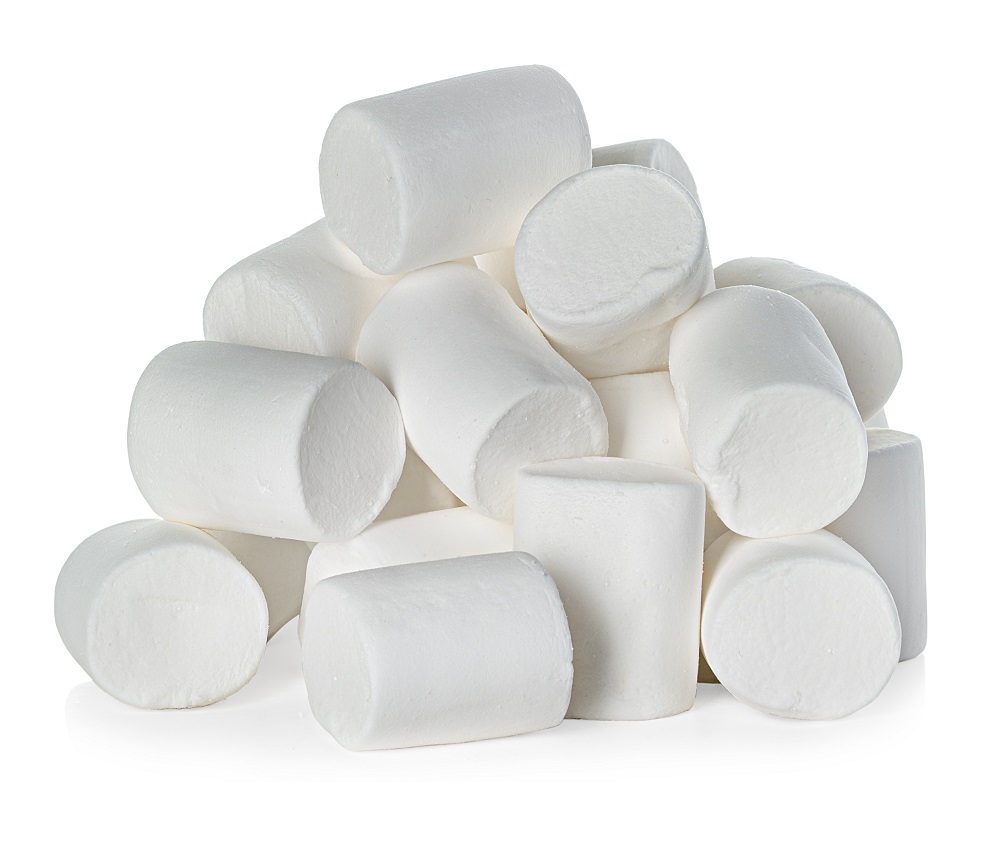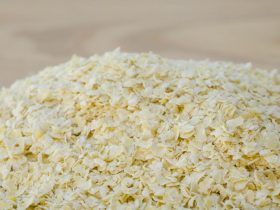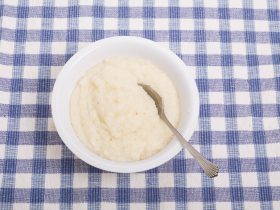Marshmallows are a commonly enjoyed sugary treat throughout much of the world. Usually consisting of only sugar and gelatin with a small amount of moisture, the fluffy texture of marshmallows is developed through a rigorous process of whipping this mixture for several hours1.
Because of the relatively simplistic ingredient make-up of marshmallows, storing them is often easy, and their shelf-life is significantly longer than some other types of food.
As marshmallows are practically inflated balls of sugar and gelatin, if they are left exposed to the open air for several hours, their quality will decrease and staleness may occur. This may be avoided by choosing to store the marshmallows in your pantry, which will extend their shelf-life for up to two months, though this is if all storage-related factors are perfectly maintained.
What is the Ideal Temperature and Humidity to Store Marshmallows in?
Marshmallows, being very low in water content, freeze remarkably well, and as such the ideal temperature for storing marshmallows is an approximate 32°F, so long as they are kept in an air-tight container. If exposed to excess air-flow from a freezer fan, the marshmallows may deflate and lose their fluffy texture.

By extension, since marshmallows present a highly porous structure, they are very likely to absorb any form of water, especially that of moisture in the air. While there have not been any definitive studies, it is best to keep marshmallows in as low-humidity an environment as possible.
If exposed to warm temperatures and high humidity, the marshmallows may grow sticky and gel-like. While this is not necessarily a sign of spoilage, it is advisable to ascertain whether the marshmallows have grown bad, especially if they have been left out in the open for a long period of time.
Is the Shelf-life of Homemade Marshmallows Different from Store Bought Marshmallows?
Unless you have specifically added certain preservatives to the marshmallows while cooking them, it is unlikely that they will last as long as the candy products produced by companies.
Marshmallows purchased from stores and markets often undergo treatment that most ordinary home cooks cannot replicate, and as such homemade marshmallows will often expire faster than commercial marshmallows.
Can Marshmallows be Stored in the Pantry?
Yes, marshmallows can keep quite well in the pantry or in other suitable areas of your kitchen, though certain factors within the storage environment must be controlled for.
As marshmallows readily absorb moisture, it is best to keep them within an air-tight container or resealable plastic pouch. Ensure that the area you choose to store the marshmallows in is free of air-flow and sources of water.
Ideally, a cool and dark corner of your kitchen or pantry is the proper area to store marshmallows outside of the fridge or freezer. It is also prudent to keep the stored marshmallows away from any direct sources of sunlight, such as from an open window or sunroof.
Additionally, it is advisable to keep the marshmallows away from any strong-smelling foods or chemicals that may be present in your storage area, as the nature of marshmallow’s porousness means they will absorb the odors of these objects2.
How Long Do Marshmallows Last in the Fridge?
Yes, although a caveat is that the marshmallows will keep best in the freezer instead. The benefit to choosing to refrigerate your marshmallows instead of freezing them is that there is no need to thaw them after removing them from the freezer.
In order to refrigerate marshmallows, place them in a resealable plastic bag and push out as much excess air inside as possible. The presence of oxygen will both make the marshmallows staler and, possibly, introduce moisture into the candy, reducing their shelf-life.
Marshmallows stored in this way will last up to a length of three months, if not opened again after refrigerating.
Can Marshmallows be Frozen?
Marshmallows, just like if they were kept in the pantry or refrigerator, will last a relatively long length of time when stored in the freezer.
In order to freeze your marshmallows, you will need multiple plastic pouches, a freezer-safe container and a freezer capable of reaching temperatures below 32°F.
How to Freeze Marshmallows
To begin the freezing process, you must first gauge the specific portion size you may wish to use in the future. As refreezing the marshmallows will compromise their texture, it is best to store the candies in multiple smaller bags so as to only remove the required amount for whatever purpose you may have.
Storing the marshmallows in separate bags will also prevent the entire batch from clumping together should there be any moisture between them, or if something were to go wrong in the storing process.
Once the appropriate number of marshmallows have been bagged, push out any excess air present within the bags. The less oxygen that is present between the marshmallows, the better their quality will be once removed from the freezer.
Take the individual bags and place them together in the freezer-safe container. This is to ensure that the marshmallows are not crushed or freezer-burnt while they are kept in the freezer.
Place the container with the marshmallows in the freezer. In the perfect situation, your marshmallows will last for up to an entire year.
How to Know if Marshmallows have Gone Bad
Though often a simple shade of white, it is not uncommon to find marshmallows that are of other colors. Should the color of these marshmallows begin to change, it is advisable to inspect the batch in order to make sure they are still suitable for consumption.
From a more tangible stand-point, if the marshmallows no longer possess a fluffy texture and instead have deformed into shapeless sludge, the candies have likely been exposed to water and may have developed fungal or bacterial cultures. The most common cause of this is poor storage.
Keep in mind that if the marshmallows have grown stale and dry after leaving exposed to the air for several hours, this is entirely normal, and is not often a sign that the candies have begun to go bad. If using the marshmallows for dishes like hot chocolate or ice cream, it is still possible to use them.
References
1. Petkewich, Rachel (2006). “What’s that stuff? Marshmallow”. Chemical & Engineering News
2. Unknown author (April 2018). Candies, Marshmallows U.S. Department of Agriculture





Hi, I'm Dom
Dom Eats was started to help other people fall in love with food. While cooking can feel intimidating, it doesn't have to be.